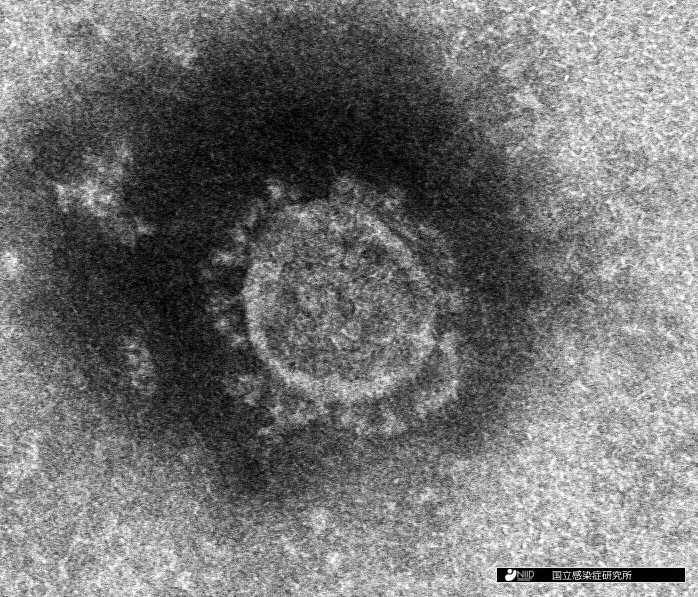Jpn. J. Infect. Dis., 65 (3), 260-263, 2012
To see a printable version of the article in the Adobe file format, click this [PDF] link.
Tsuguto Fujimoto1*, Yuki Matsushima2, Hideaki Shimizu2, Yoko Ishimaru2, Atsuko Kano2, Etsuko Nakajima2, Arun Kumar Adhikary3, Nozomu Hanaoka1, and Nobuhiko Okabe1
1Infectious Disease Surveillance Center, National Institute of Infectious Diseases, Tokyo 162-8640; 2Division of Virology, Kawasaki City Institute of Public Health, Kanagawa 210-0834, Japan; and 3Department of Microbiology, BGC Trust Medical College, Chandanaish, Chittagong, Bangladesh
(Received December 1, 2011. Accepted March 16, 2012)
*Corresponding author: Mailing address: Infectious Disease Surveillance Center, National Institute of Infectious Diseases, 1-23-1 Toyama, Shinjuku-ku, Tokyo 162-8640, Japan. Tel: +81-3-5285-1111, Fax: +81-3-5285-1129, E-mail: This email address is being protected from spambots. You need JavaScript enabled to view it.
SUMMARY: A local outbreak of epidemic keratoconjunctivitis (EKC) caused by human adenovirus type 8 (HAdV-D8) occurred in Kawasaki city, Japan in July–August 2011. Since the cases were sporadic in nature, the source of the infection could not be identified. The results of PCR analysis and the appearance of cytopathic effects in the samples indicated that 22 patients were positive for HAdV. The mean age of the patients (10 men and 12 women) was 64.3 ± 17.3 years (median, 68 years; range, 11–86 years). The sequences of hexon, which included hypervariable loop 1; the penton, which included RGD loops; and the fiber, which included the knob-coding regions, were identical in all the HAdV-positive cases. Phylogenetic analysis of the major capsid protein-encoding regions of HAdV confirmed that the isolates were HAdV-D8. Although the incidence of HAdV-D8 outbreaks has decreased in Japan since 1997, the results of our study imply that HAdV-D8 is still a causative agent for EKC outbreaks in Japan.
